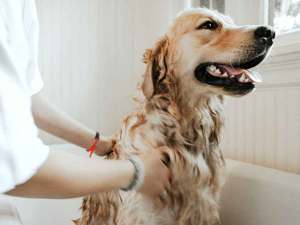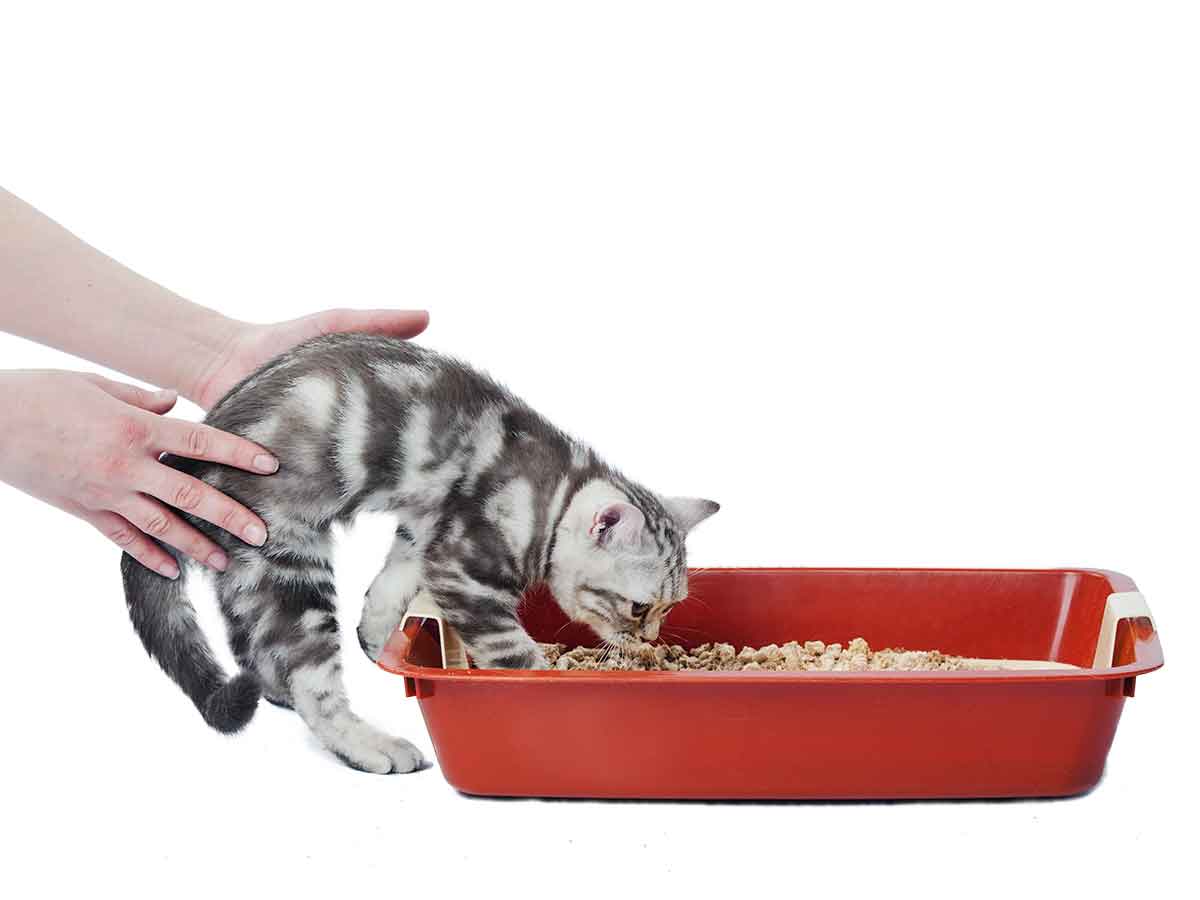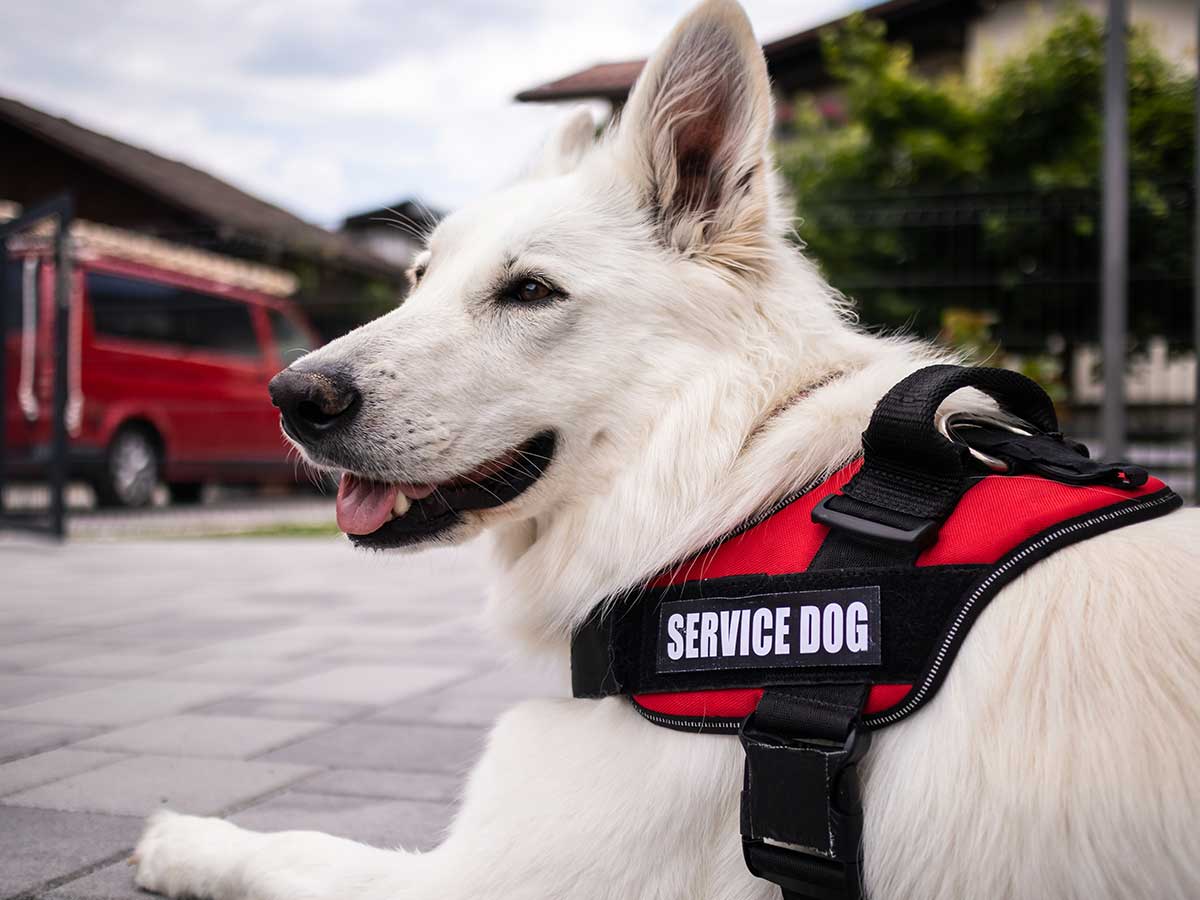For humans, a new haircut can be all about looking good and feeling fresh. But for our pets, proper grooming is essential to keep them healthy and happy.1
Taking your pet to a professional groomer may not always be feasible, but grooming your pets at home can be an easy and enjoyable way to care for and bond with your pet while saving time and money.
Avoid the hairballs and excessive shedding with these simple tips on how to groom your dog or cat at home.
Brushing your pet
Regularly brushing your pet will help keep their fur in good condition by removing dirt, spreading natural oils, preventing tangles, or matting and keeping their skin clean and irritant-free.2
Matted hair can progress quickly from mild skin irritation to infecting wounds and restricting blood circulation.1 Brushing also gives you a great opportunity to check for fleas and ticks and make sure that your pet isn’t playing host to any unwanted parasites that can spread disease.2
Bathing your pet
Bath time for your pup should take place at least once every three months – more often for those that spend a lot of time outside or have certain skin conditions.2 Speak with your veterinarian about what’s best for your particular dog or cat.
1. Start by filling a large tub or sink with 3-4 inches of lukewarm water.
2. Completely wet your pet with water from a spray hose or unbreakable cup. Be careful to not spray directly into their eyes, ears, or nose.
3. Gently massage in a specially formulated shampoo for pets.
4. Rinse and repeat, as needed. Try using a wet washcloth to gently wipe down their face, ears, and nose.
5. Longer-haired breeds may require a pet conditioner. If so, follow up the shampoo and rinse step with a conditioner and rinse step.
6. Once the shampoo and conditioner are fully rinsed, turn off the water and gently squeeze out excess water from your pet’s coat.
7. Then follow it up with a large towel and pat them down to dry them off.2,3 Try to resist the temptation to rub the towel in circles –doing so may make knots in long and curly-coated pets, which become hard to remove later.
Trimming your pet’s nails
A good sign that your pet’s nails need trimming is when you hear a tapping on the ground when they walk. If their nails are clicking or snagging on the floor, give them a trim.2 If you are hesitant, ask your veterinarian or groomer to show you how to trim your pet’s nails.
1. Start by purchasing nail clippers made for a dog or cat. There are two styles – a scissor type and a guillotine type. Choose the type you are most comfortable with.
2. For cats and especially wiggly dogs, try wrapping them in a towel and sitting them comfortably on your lap when they are mellow. For other pets, pull them in close to your body and firmly take hold of their paw. Cut the tip of the nail from top to bottom at a slight angle.
3. Repeat to trim a little more but stop just above the quick, the blood supply that runs into the nail.2,3
4. If you accidently cut the quick and it starts to bleed, immediately hold a clean cloth or paper towel to the wound. Next, scoop some styptic powder or cornstarch into your palm and gently dip the bleeding nail into the styptic powder. Allow it to clot and stop the bleeding. If the nail continues to bleed, contact your veterinarian
Brushing their teeth
Regular tooth brushing can help prevent tartar, gingivitis, receding gums, tooth loss or other oral health problems in your pet. In fact, good oral care can help with the early detection of other diseases. Persistent bad breath – beyond the normal “doggie breath” – can be a sign that your pet has digestive issues or a gum condition and should be examined by your veterinarian.2
1. Get your pet used to having their teeth brushed by gently massaging their lips with your finger in a circular motion. Repeat until they are comfortable.
2. Use a veterinarian-recommended toothbrush and toothpaste (these have softer bristles and won’t irritate their sensitive stomachs, unlike their human equivalents.
3. Brush at a 45-degree angle in small, circular motions. Note that the upper teeth are often easier to brush than the lower.
4. Repeat 2-3 times per week or as directed by your veterinarian.2
Put these grooming tips to work in your home to help keep your furry friend looking and feeling good. And don’t forget, a treat at the end is always recommended.
References:
1. Hair Comes Trouble: Why Pets Need Regular Grooming. American Society for the Prevention of Cruelty to Animals (ASPCA). https://www.aspca.org/news/hair-comes-trouble-why-pets-need-regular-grooming.
2. Dog Grooming Tips. ASPCA. https://www.aspca.org/pet-care/dog-care/dog-grooming-tips.
3. Cat Grooming Tips. ASPCA. https://www.aspca.org/pet-care/cat-care/cat-grooming-tips.
Want to share this article?
More like this
Top five ways to love your pet
Your furry friend loves you unconditionally, so show your dog or cat that you love them right back.
Choosing a litter box
Fluffy is unique, so her litter box should be too. Make sure you’re choosing the right one.
Could you raise a service dog?
Interested in raising a service dog? Here’s what you need to know.





 Go To United States
Go To United States Austria
Austria Belgium
Belgium Czech Republic
Czech Republic Denmark
Denmark Europe
Europe Finland
Finland France
France Germany
Germany Greece
Greece Hungary
Hungary Ireland
Ireland Israel
Israel Italy
Italy Netherlands
Netherlands Norway
Norway Poland
Poland Portugal
Portugal Romania
Romania Spain
Spain Sweden
Sweden Turkey
Turkey United Kingdom
United Kingdom